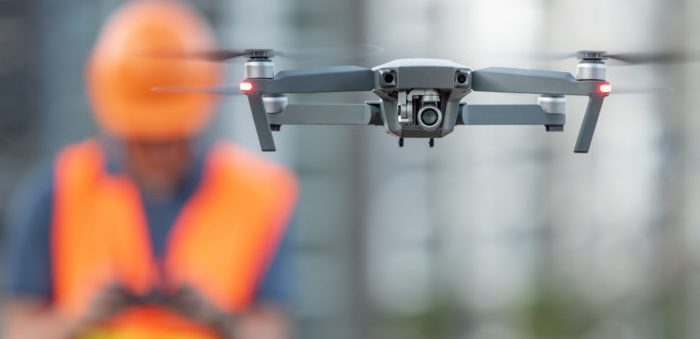The International Organization for Standardisation (ISO) announced the world’s first ISO approved drone standards, which will have a huge impact on the development of the drone industry on a global scale.
The draft version of the first ever set of standards for drone operations was firstly published by ISO in 2018, in a call to gather experts to discuss on the matter and gain more knowledge and experience for the official launch of the Standards.
Specifically, following 12 months of consultation with drone experts, academics, businesses and the general public, ISO presents the new standards based on protocols on Quality, Safety, Security and overall guidelines for the operation of commercial air drones, which will help shape future regulation and legislation.
The launch of the standards is a step towards a wider deliverable by ISO, which aims to contribute to the rapid development of using air drones, in line with a framework of approved regulatory compliance and against a background of reassurance on safety and security
Robert Garbett, Convenor of the ISO Working Group responsible for global air drone operational Standards, Chairman of the BSI Committee for UK, commented that
The Standards will deliver a new confidence among investors in the safety, security and compliance of commercial drone operations, which together with the Product Manufacture and Maintenance Standards, is expected in turn to facilitate a massive expansion in the availability and use of drone technology in the years to come.
In addition to the newly-launched ISO, the Product Manufacture standards for UAS, which are due to be published next year, will combine with the operational standards already published to establish a full-airworthiness suite of standards for UAS.
ISO Standards focus on:
- Air Safety
It is a priority of public attention in connection with airports and other sensitive locations. The new Standards provide provides information for drone use that reinforces compliance towards no-fly zones, local regulation, flight log protocols, maintenance, training and flight planning documentation.
Along with safety is social responsibility which aims to a technology that will improve everyday life and not harm it.
- Privacy and data protection
The Standards demand that operators must have appropriate systems to handle data alongside communications and control planning when flying. In addition, all related equipment, such as the hardware and software should always be updated.
The fail-safe of human intervention is required for all drone flights, including autonomous operations, ensuring that drone operators are held accountable.
- The exciting future for drones
The Standards also cover drones’ contribution towards improvement of the most pressing economic, transport, security, environmental and productivity challenges faced by governments and industry, while also assist at accelerating the delivery of large-scale infrastructure projects.
Drones today provide a cost-effective and environmentally-friendly alternative to the traditional methods. Drones have already contributed to the transformation of industries, as the shipping sector.
- Impact on the economy
The economic advantages coming from drones are crucial, with on the one hand, Goldman Sachs forecasting that the size of the global drone industry will reach $100 billion by 2020, and on the other, Barclays estimates that the global commercial drone market will grow tenfold from $4 billion in 2018 to $40 billion in five years.
They believe the use of drones will result in cost savings of some $100 billion.
To learn more on the ISO 21384-3, Unmanned aircraft systems – Part 3: Operational procedures, click here.

































































